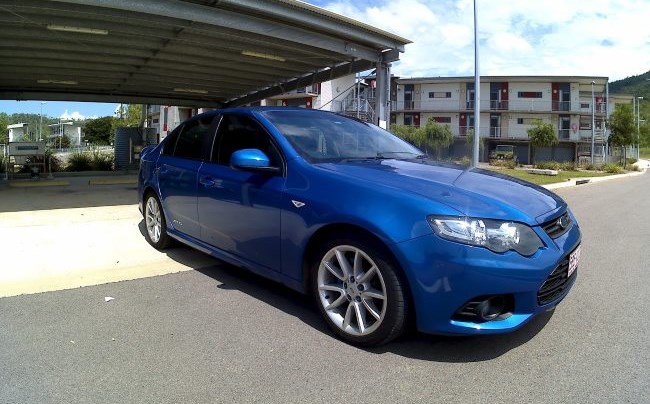
The disposal of tires and tires is an extremely important process for protecting the environment and public health. It is important that every person in our country understands the need to process rubber products. About how to dispose of tires and where to dispose of rubber, you can read our article.
Why do I need to dispose of tires
In order to understand why the disposal of tires is necessary, you need to consider their composition.
In the production of modern automobile tires, synthetic and natural rubbers, carbon black, and impurities in the form of resins are used. It is established that when these rubber products wear, their smallest particles are able to penetrate the human body, causing diseases: bronchial asthma; allergies oncology and others.
Note! In addition to the negative impact on the human body, car tires and tires have a negative impact on the natural environment.
The decomposition of tires and other rubber products takes about 100 years since they practically do not decompose biologically. At the same time, they emit a large number of harmful substances into the environment. In addition, tires and tires when ignited become sources of toxic compounds that are dangerous to human health and the life of living things. On the land on which the burning of rubber did not grow a single blade of grass for 10 years. Also, old rubber products are a "paradise" for rodents and insects that spread various infections.
However, despite the potential danger, the scale of landfills of old tires and rubber tires is only increasing in our country and already amounts to thousands of square kilometers. Although many people know that tires due to their chemical composition can be used as recyclables in the production of new products and materials.
Ways to dispose of tires
Disposal of car tires and other rubber products is the process for which the most rational today are methods of mechanical processing into crumbs and cryogenic processing.
In the first case are carried out:
1. Preparation for crushing: separation of steel cord, cutting the product into parts.
2. Crushing into crumbs (usually occurs in 2 stages).
3. Sorting fractions.
The process utilizes basic tire recycling equipment such as a guillotine, shredder or crusher.
In the second method, the first stage is the same as in the method of mechanical grinding into crumbs. The following steps follow:
1. Loading prepared rubber materials into a cryogenic chamber with liquid nitrogen.
2. Hardening of the material (temperature -110 о С).
3. Grinding hardened rubber with a pneumatic or steam-air hammer.
4. Sorting of crushed metal, textile and rubber components, additional crushing of rubber into crumbs.
Where to turn in tires for recycling for money
Is it realistic to give tires for recycling for money? Some companies accept tires and receive tires, paying their owners a certain (small) amount of money. However, in most cases in our cities, the owner of the products will have to pay for the delivery of old tires for recycling. Where to take the tires? Rubber waste can be handed over to special collection points; you can also bring them directly to the processing company itself. As a rule, such companies recycle truck tires and other rubber products.
Having an old car and tyres to recycle
If you have an old car that is not functioning any more or is damaged beyond repair, you may consider recycling the car and its tyres. If you are looking to selling your car for cash, your best cash for car service would be Pacific Cash For Cars.
Why do I need to dispose of tires
In order to understand why the disposal of tires is necessary, you need to consider their composition.
In the production of modern automobile tires, synthetic and natural rubbers, carbon black, and impurities in the form of resins are used. It is established that when these rubber products wear, their smallest particles are able to penetrate the human body, causing diseases: bronchial asthma; allergies oncology and others.
Note! In addition to the negative impact on the human body, car tires and tires have a negative impact on the natural environment.
The decomposition of tires and other rubber products takes about 100 years since they practically do not decompose biologically. At the same time, they emit a large number of harmful substances into the environment. In addition, tires and tires when ignited become sources of toxic compounds that are dangerous to human health and the life of living things. On the land on which the burning of rubber did not grow a single blade of grass for 10 years. Also, old rubber products are a "paradise" for rodents and insects that spread various infections.
However, despite the potential danger, the scale of landfills of old tires and rubber tires is only increasing in our country and already amounts to thousands of square kilometers. Although many people know that tires due to their chemical composition can be used as recyclables in the production of new products and materials.
Ways to dispose of tires
Disposal of car tires and other rubber products is the process for which the most rational today are methods of mechanical processing into crumbs and cryogenic processing.
In the first case are carried out:
1. Preparation for crushing: separation of steel cord, cutting the product into parts.
2. Crushing into crumbs (usually occurs in 2 stages).
3. Sorting fractions.
The process utilizes basic tire recycling equipment such as a guillotine, shredder or crusher.
In the second method, the first stage is the same as in the method of mechanical grinding into crumbs. The following steps follow:
1. Loading prepared rubber materials into a cryogenic chamber with liquid nitrogen.
2. Hardening of the material (temperature -110 о С).
3. Grinding hardened rubber with a pneumatic or steam-air hammer.
4. Sorting of crushed metal, textile and rubber components, additional crushing of rubber into crumbs.
Where to turn in tires for recycling for money
Is it realistic to give tires for recycling for money? Some companies accept tires and receive tires, paying their owners a certain (small) amount of money. However, in most cases in our cities, the owner of the products will have to pay for the delivery of old tires for recycling. Where to take the tires? Rubber waste can be handed over to special collection points; you can also bring them directly to the processing company itself. As a rule, such companies recycle truck tires and other rubber products.
Having an old car and tyres to recycle
If you have an old car that is not functioning any more or is damaged beyond repair, you may consider recycling the car and its tyres. If you are looking to selling your car for cash, your best cash for car service would be Pacific Cash For Cars.




